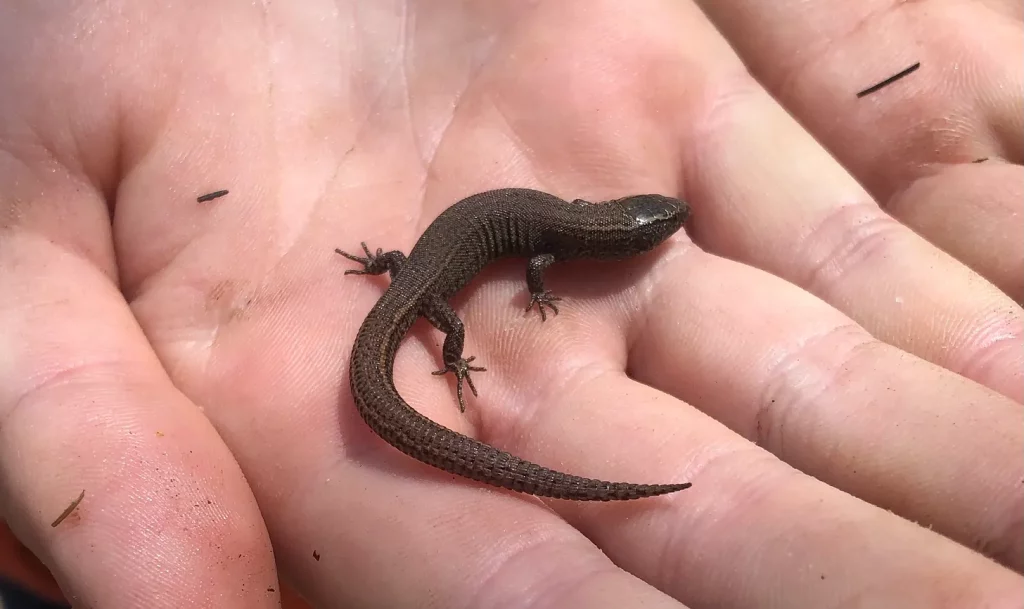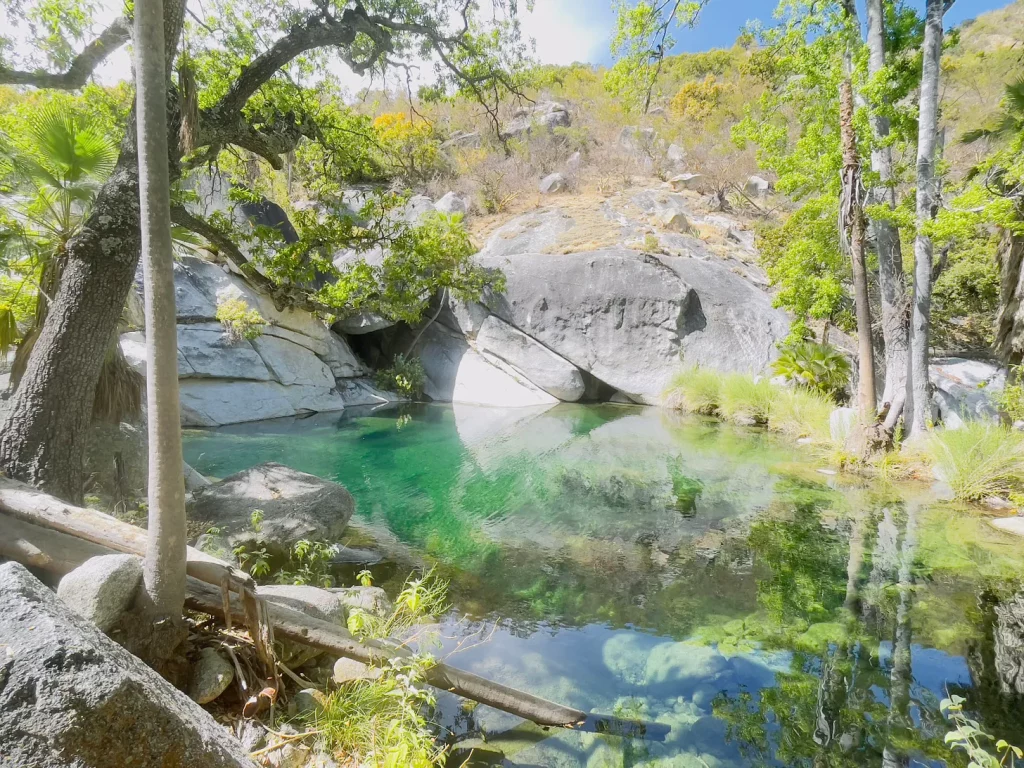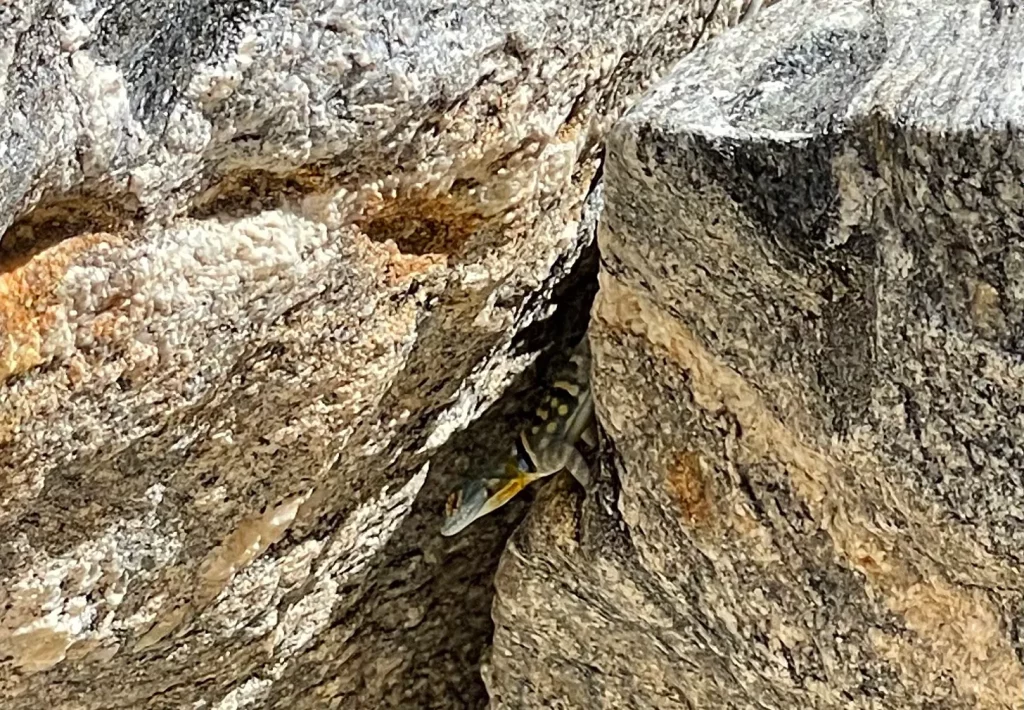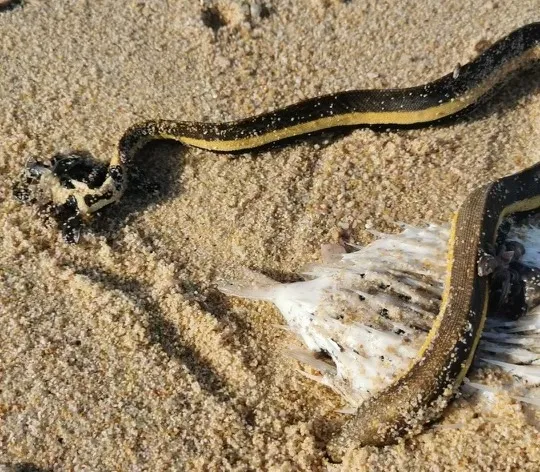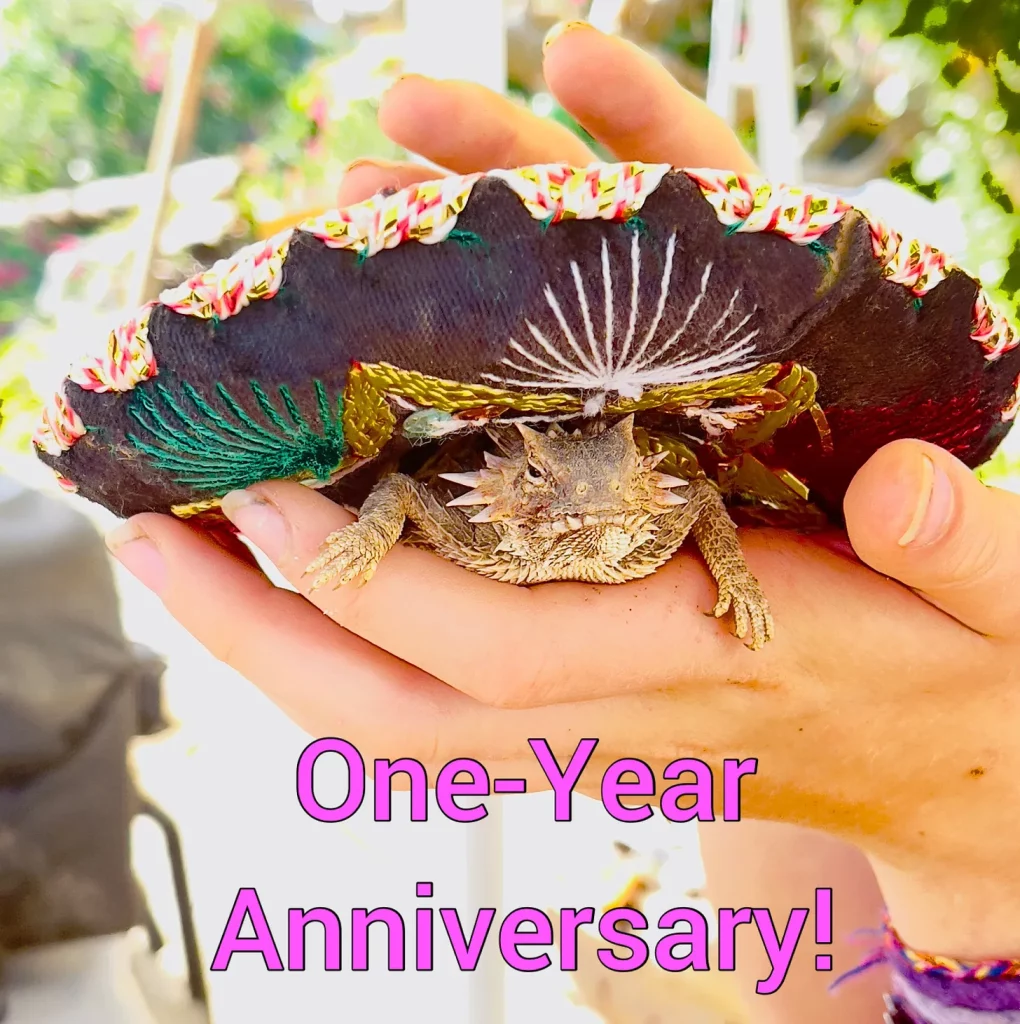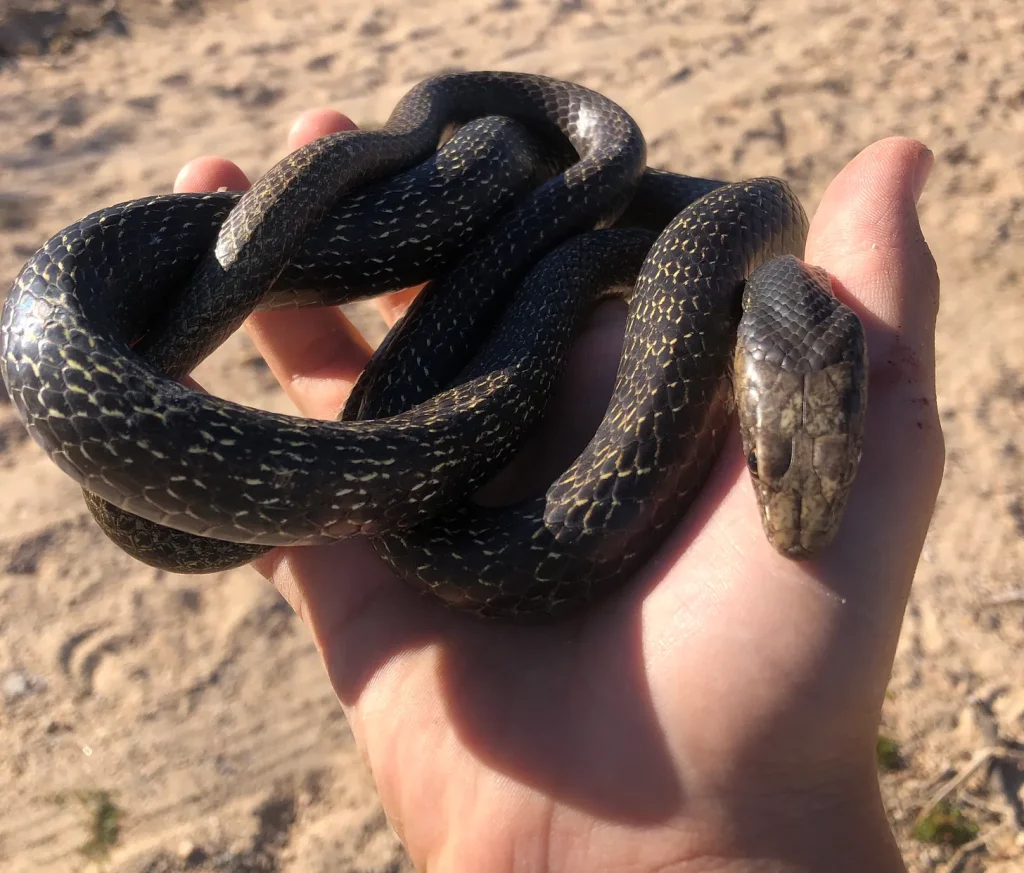
It is now mid-April and the snakes have truly emerged. Here in La Ventana and El Sargento, the most common snakes are definitely Baja California Coachwhips (Masticophis fuliginosus). I have already written a column about coachwhips but I think it is time to revisit them.
Coachwhips are long, thin snakes that come in a variety of colors; around here, they are usually all black, though they can be yellow, silver, white, brown or even dark green. These little lightning bolts are truly expeditive, achieving nearly the most electric speeds of any snake.
Coachwhips are beautiful snakes and completely harmless, although they are quite large, sometimes reaching over two meters (or seven feet) in length. Interestingly, coachwhips are strictly diurnal, meaning they are only active during the day. They have large eyes and actively hunt their prey, even during the heat of the day. They seem to prefer lizards, although they will eat rodents, amphibians, birds, large insects and other snakes.
If you see a coachwhip, you will likely only have a minute to observe it, as they seem to always have a convenient exit solution, utilizing either adjacent brush piles or spontaneous teleportation.
A good example of this took place a few days ago when I was looking for snakes above El Sargento with my friend. We were driving down a small calle near Pitaya when we saw a fresh snake track spanning the road. We followed the track to an isolated bush in the middle of a cleared field and saw a young coachwhip laid out underneath it. I approached the snake, and it let me get within about two feet, before launching itself into an alternate dimension. We searched unsuccessfully everywhere around the bush and ultimately concluded that the snake no longer existed. We then continued on down the road.
We came back about 20 minutes later to do one final search. We checked the bush thoroughly and found nothing. I then noticed a small brush pile, far across the clearing, and went to investigate. Sure enough, there was our coachwhip sitting smugly in the outer branches.
We spent the next half hour relocating the brush pile and finally caught Houdini. – If you want to talk or walk reptiles, email ChanceStevens123@icloud.com

